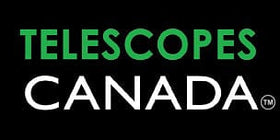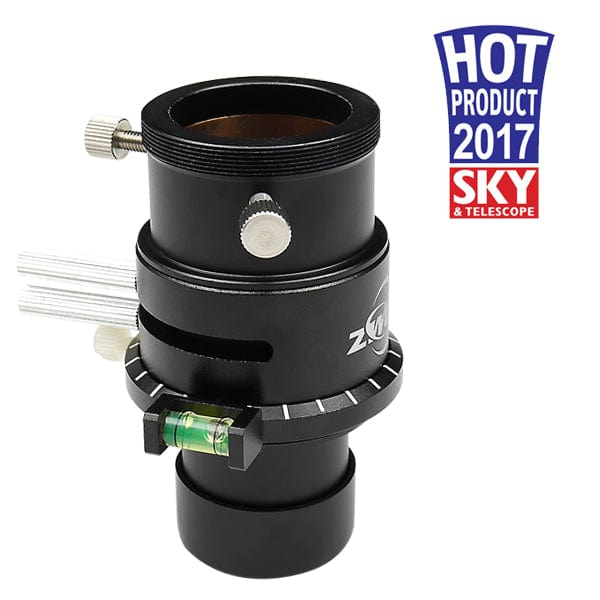Description
ZWO's Atmospheric Dispersion Corrector is used to reduce the effect of atmospheric dispersion on lunar and planetary images. This device dramatically reduces the prismatic smearing caused by the passage of the light through our atmosphere and allows planetary images to be taken which show noticeably finer detail.
Commercial ADCs are relatively new. Their significant benefits, however, justify more astronomers knowing about them. As well as being an advantage to imagers, they can also help visual planetary observers, increasing the amount of surface detail seen through the eyepiece.
Why you would use an ADC?
Light from any star or planet that enters our atmosphere at an angle will suffer refraction effects which bend to light to a slightly steeper angle. This refraction effect makes the object appear higher in the sky than if the atmosphere wasn't there. The degree of refraction depends to a small degree on various things like temperature, humidity, observers and height above sea level, but does increases strongly with decreasing altitude of the object - for example, the image of the sun at sunset can actually be elevated by over 0.5°, which is slightly more than one solar diameter.
Like most optical media the refractive (bending) power of the atmosphere is actually dependent on the wavelength of light. This is called optical dispersion. Atmospheric dispersion means that actually the degree of 'lift' that the refraction causes depends not only on the angle of the light, but also the colour of that light. Atmospheric dispersion spreads the light from any point source into a vertical spectrum of colours whose length increases the lower the object is in the sky.
The diagram of viewing Saturn illustrates this dispersion effect as light enters the atmosphere and also the lifted elevation of the image. The lift is wavelength dependent and hence the image is separated into different colours. A planet exhibiting bad atmospheric dispersion effects will have a blue fringe on the top edge and a red fringe on the bottom edge.
Atmospheric dispersion correctors use two prisms adjusted to cancel out these distortions caused by the atmosphere. You can read in much more detail in this excellent article by Martin Lewis: http://skyinspector.co.uk/atm-dispersion-corrector--adc
Specifications
Material: H-K9L(Schott BK7)
Surface Accuracy: λ/10@632.8nm
Deviation Angle: 2°
1.25" Barrel

